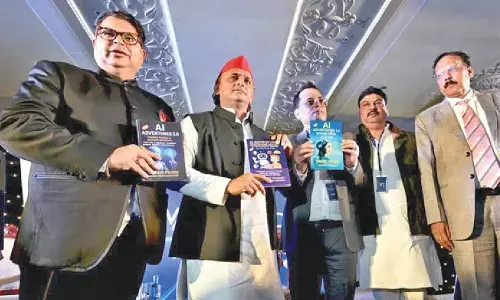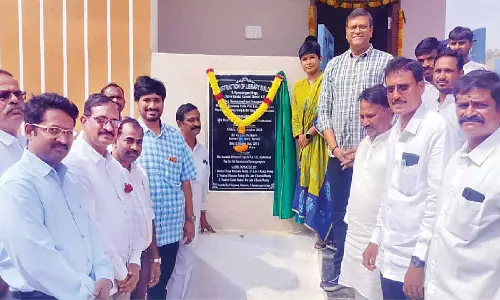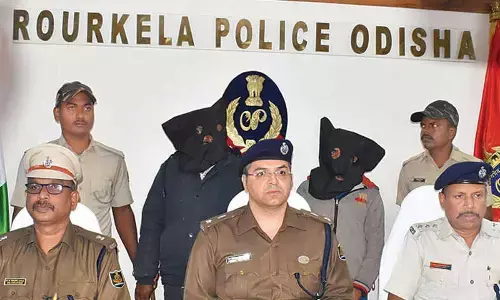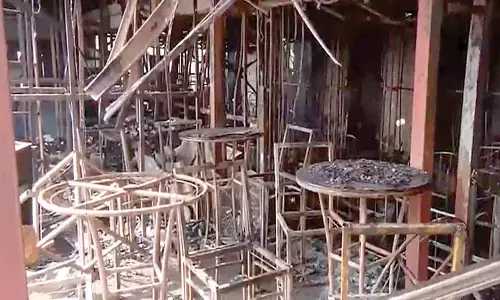Delhi-NCR AQI nears 'severe' levels in several areas; average remains 362
Share :
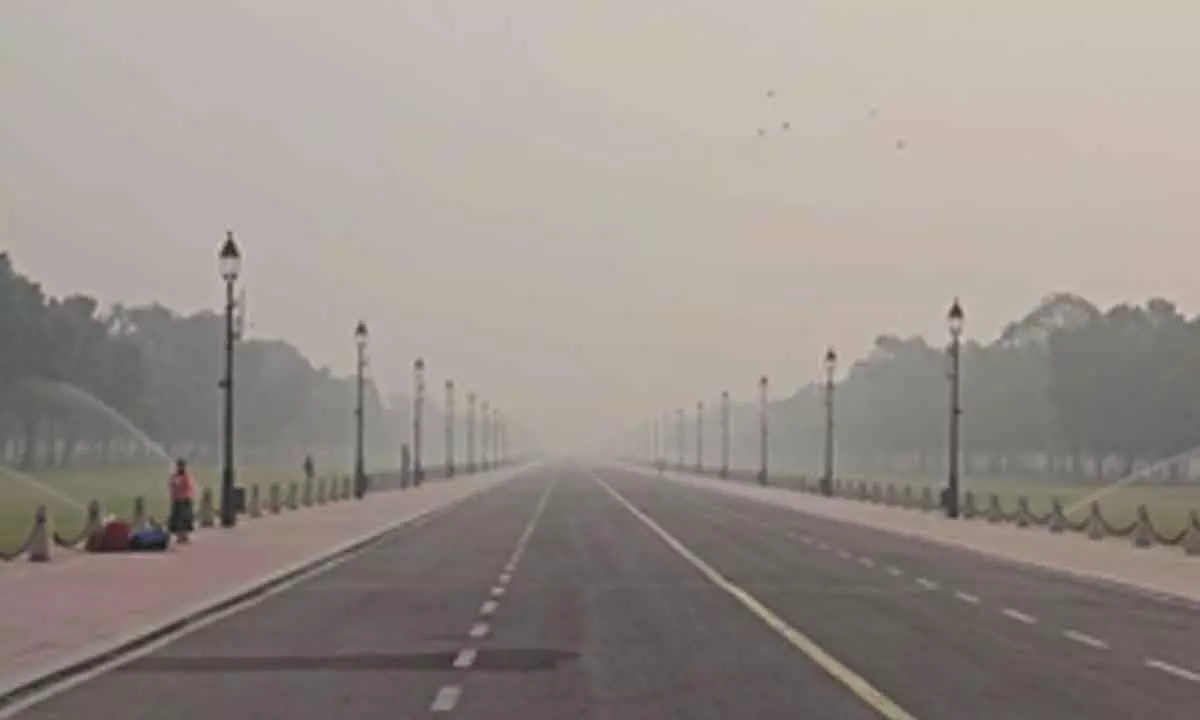
The air quality in Delhi-NCR remained alarmingly poor on Thursday, approaching 'severe' levels in multiple areas, with the average Air Quality Index (AQI) in the city recorded at 362, according to the Central Pollution Control Board (CPCB).
New Delhi: The air quality in Delhi-NCR remained alarmingly poor on Thursday, approaching 'severe' levels in multiple areas, with the average Air Quality Index (AQI) in the city recorded at 362, according to the Central Pollution Control Board (CPCB).
Several areas in Delhi exceeded the 400 AQI mark, which falls under the 'severe' category. Anand Vihar reported an AQI of 422, Jahangirpuri 431, and Wazirpur 428. Other localities, including Ashok Vihar (416), Mundka (421), and Rohini (403), also indicated dangerously high levels of pollution.
Meanwhile, most other regions in Delhi recorded AQI levels above 300, indicating 'very poor' air quality, with Alipur at 387, Burari Crossing at 377, and North Campus DU at 372, among others.
Despite intermittent winds reaching speeds of up to 8 kmph, air quality showed little improvement across the region. In the Delhi-NCR, AQI levels in Haryana's Faridabad and Gurugram and Uttar Pradesh's Ghaziabad, Greater Noida, and Noida areas ranged between 252 and 313, also reflecting poor air quality levels.
The India Meteorological Department (IMD) reported visibility reductions at the Indira Gandhi International Airport, where visibility dropped to 1,800 metres from 2,100 metres the previous night.
To address the escalating pollution levels, the Commission for Air Quality Management (CAQM) has implemented several initiatives to mitigate pollution, including the Graded Response Action Plan (GRAP).
Stringent penalties have been imposed on polluting construction sites, vehicles, and industries while road dust control efforts are underway, with approximately 600 mechanical road-sweeping machines, water sprinklers, and anti-smog guns deployed across the NCR.
As Delhi-NCR continues to witness a worsening air quality with the onset of winter, the month-long anti-open burning campaign kicked off in the national Capital from November 6.
The decision to kick off the anti-open burning campaign was taken by the ruling Aam Aadmi Party (AAP) in Delhi after Environment Minister Gopal Rai held a review meeting of the Winter Action Plan with all stakeholders and officials concerned.
To strictly enforce the month-long anti-open burning campaign that will continue till December 6, as many as 588 patrolling teams will be deployed to tackle pollution, inspect construction sites and create awareness among farmers to prevent stubble burning.
Additionally, government departments, Resident Welfare Associations, and construction agencies have been instructed to provide electric heaters to security guards to reduce the need for open burning of biomass during winter.
The Delhi government has urged neighbouring states of Uttar Pradesh and Haryana to intensify their pollution control efforts, emphasising that collective action will have a stronger impact.
Recently, the Delhi government announced a comprehensive 21-point Winter Action Plan to tackle pollution in the national Capital.
Last year's 14-point plan has been expanded to a broader 21-point strategy to combat the menace of air pollution, including emergency measures such as drone monitoring, anti-dust campaigns, road-sweeping machines etc.







